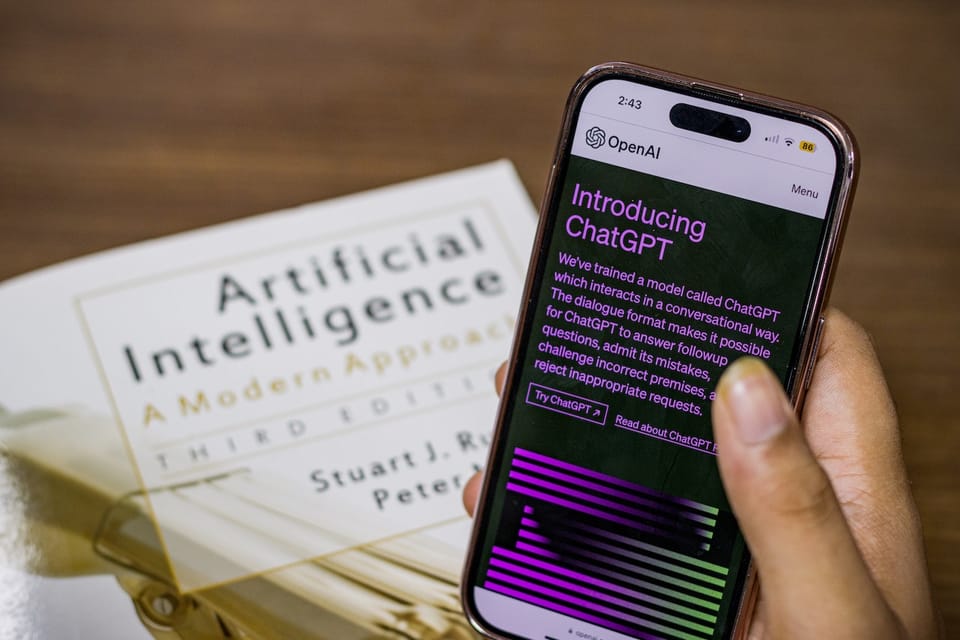Power of AI: Top Prompts to Spark Creativity for Designers

Artificial intelligence (AI) 's rapid advancement has redefined how we approach various aspects of our daily lives, including design. Designers have always been at the cut edge of creative innovation, pushing the boundaries of what is possible in visual communication. With the evolution of AI, designers can now leverage this powerful technology to streamline their workflow, spark creativity, and inspire new ideas.
This blog post will explore some top AI prompts that can help designers unlock their creative potential and develop unique, cutting-edge designs.
Prompt 1: AI-Powered Generative Design
Generative design is an AI-driven approach in which the computer generates thousands of design variations based on specific input parameters provided by the designer. This allows designers to explore a vast design space and discover novel combinations and forms they might not have thought otherwise.
Moreover, generative design tools can optimize designs for specific performance criteria, such as structural strength, weight, or material usage, enabling designers to create highly functional and efficient products.
To harness the power of generative design, designers can use AI art generator, which combines generative design algorithms with machine learning to create optimized designs that meet specific requirements.
Prompt 2: AI-assisted Image and Video Editing
AI has revolutionized the way designers work with images and videos by automating complex editing tasks and offering advanced features that were previously impossible or time-consuming. AI-powered image and video editing tools like Adobe's Sensei can help designers quickly and effortlessly manipulate images, create realistic composites, and apply complex visual effects.
For instance, designers can use AI-powered features like Content-Aware Fill to seamlessly remove unwanted objects from images or Neural Filters to transform photographs into artistic masterpieces. Similarly, AI-driven tools like
RunwayML can automatically generate video sequences or apply realistic visual effects, such as object removal or style transfer, saving designers countless hours of manual editing work.
By leveraging AI-driven image and video editing tools, designers can focus more on their creative vision and spend less time on monotonous tasks, ultimately driving innovation and pushing the boundaries of visual communication.
Prompt 3: AI for Creative Collaboration
Another way AI can spark creativity is by facilitating collaboration between designers and AI-powered tools or even between multiple AI systems.
For example, designers can work with AI-driven tools like Wix's Artificial Design Intelligence (ADI) to create visually stunning websites tailored to their needs. ADI combines machine learning algorithms with design principles to generate unique website layouts and color schemes based on user preferences.
Similarly, designers can collaborate with AI-powered chatbots like Molly, an AI-driven virtual design assistant, to receive design suggestions and feedback. By engaging in a creative dialogue with AI tools, designers can gain fresh perspectives on their work and explore new design possibilities.
Additionally, AI can foster collaboration between multiple AI systems, such as GANPaint Studio, which uses two AI networks – an AI image generator online and a discriminator – to create realistic images based on user inputs.
Prompt 4: AI for Design Inspiration and Trend Forecasting
AI can also be crucial in inspiring designers by predicting future design trends and curating personalized design inspiration feeds. Tools like Google's AutoDraw use AI algorithms to recognize user sketches and suggest professional-looking illustrations. In contrast, Pinterest's Lens uses visual search technology to recommend design ideas based on user preferences and browsing history.
Moreover, AI-driven platforms like WGSN can analyze vast amounts of data from social media, fashion shows, and cultural events to forecast upcoming design trends and identify emerging themes and concepts.
By staying informed of the latest trends and drawing inspiration from AI-curated content, designers can stay ahead of the curve and develop innovative designs that resonate with their target audience.
Conclusion
The power of AI has the potential to revolutionize the design industry, driving innovation and inspiring designers to push the boundaries of their creative capabilities. By leveraging AI-driven tools and various tasks, designers can unravel new levels of creativity and develop innovative strategies that redefine the visual landscape. Embracing the power of AI not only streamlines the design process but also lets designers focus on their core creative strengths and explore new ideas, styles, and techniques.
Kartiv emerges as a groundbreaking platform that aims to revolutionize how we create visually stunning content. With our upcoming beta release as a AI photo generator, we promise to offer an innovative approach to crafting beautiful visuals, making it an indispensable tool for designers, artists, and content creators. Don't miss the chance to take part in this exciting journey and secure your spot in Kartiv's beta by signing up today.
